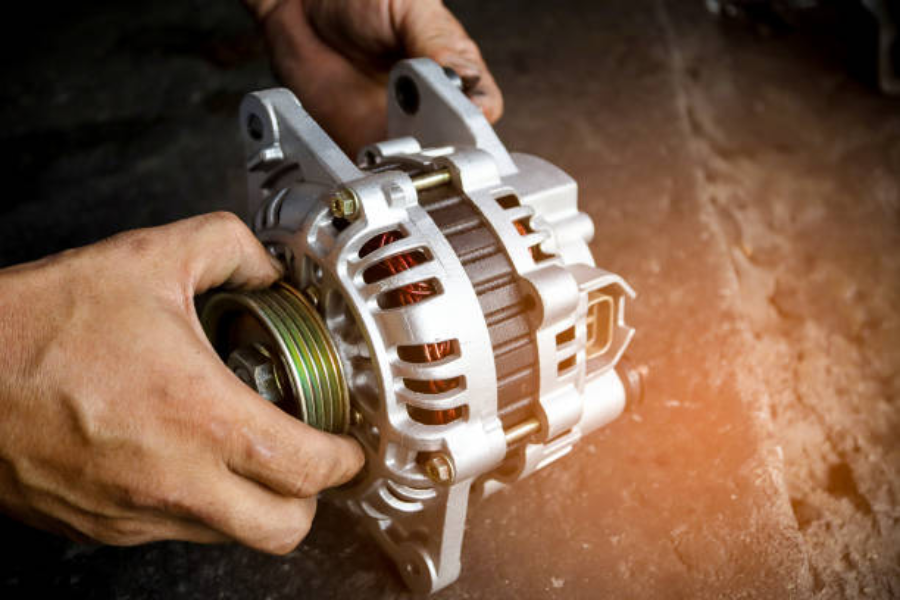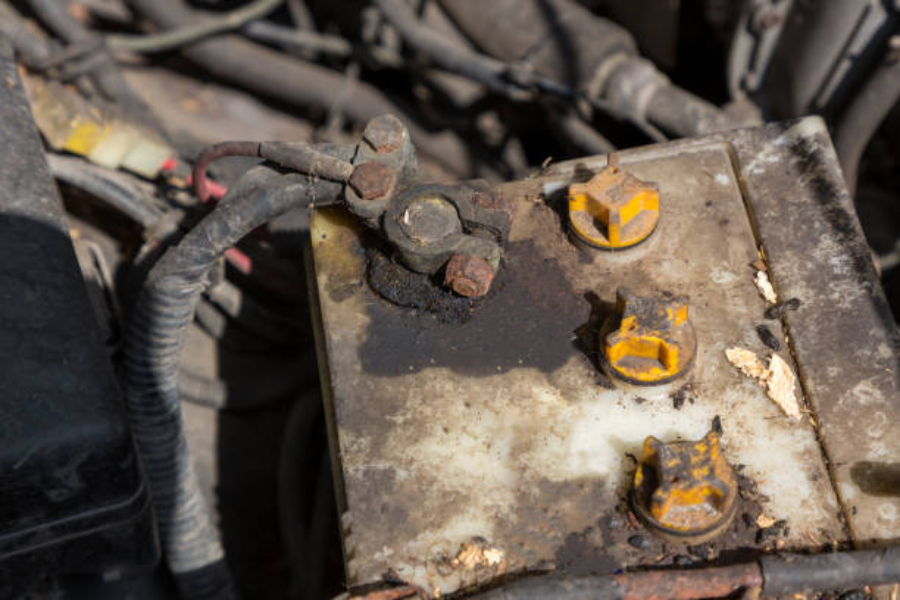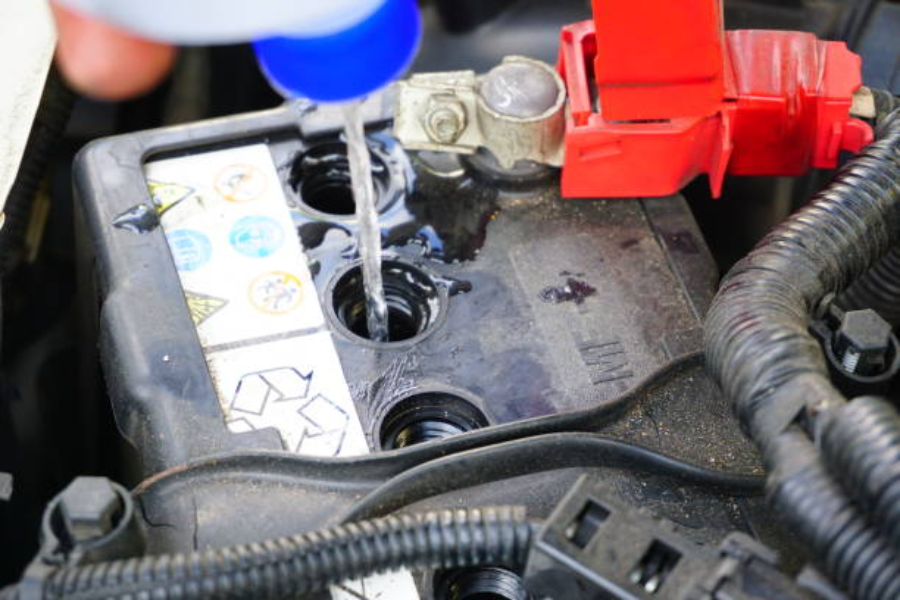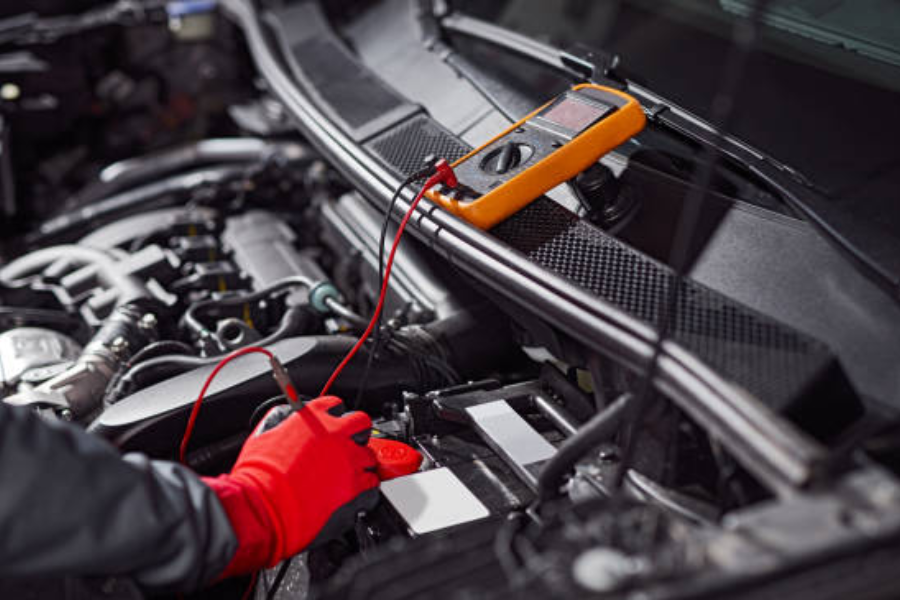A healthy car battery translates to a good-performing car. Circumstances such as cold seasons may cause your car battery to fail or break down completely. The maximum lifespan of car batteries is five years, but many people end up replacing them just after a year or two because they failed to keep them healthy.
This article will discuss how to look after a car’s battery. Additionally, it will talk about the signs and causes of a failing battery.
Table of Contents
Signs of a failing battery
Causes of a flat battery
How to look after your car’s battery
Conclusion
Signs of a failing battery
1. Dim headlights
Failing batteries cannot power the vehicles’ electrical components fully. Vehicle headlights will usually dim at idle and brighten when the engine is revved. The dim lights are a sign of a failing battery, thus requiring recharging or replacement.
2. Starting problems
A failing battery cannot support the starter motor. As a result, there will be a need to give gas to the vehicle for it to start.
3. Car’s idling sound change
When the vehicle is ignited and electrical components are switched on, it shows the battery is in good condition. However, a failing battery cannot carry out this starting function. This is because the starter receives insufficient power, so it makes a clicking noise.
4. Backfiring
A failing battery causes intermittent sparks. The sparks result in fuel accumulation in the cylinders. The built-up fuel will be ignited suddenly with a greater force, causing the vehicle to backfire.
Causes of a flat battery
1. Leaving lights on
Headlights and interior lights draw a lot of energy from the vehicle battery. If they are left on while the car is parked, they drain the battery. Therefore, they should be switched off to prevent battery failure.
2. Extreme temperatures
Exposure to extreme temperatures affects the longevity of vehicle batteries. Either extremely hot or cold environments minimize the battery output capacity. In the long run, the battery might fail to function at all.
3. Alternator is not working

The alternator is a device found near the engine that charges the battery when the engine is running. On the vehicle dashboard, an indicator light appears when an insufficient charge is flowing to the battery. In this situation, both the battery and the alternator should be inspected.
4. Aging
The battery’s useful life can reach five or more years, depending on the service and maintenance of the vehicle. Noticeable signs like the vehicle stalling or struggling to start when ignited show that the battery is about to fail. It is advisable to recharge or replace the battery.
5. Corrosion of the battery terminals

Corrosion of battery terminals results in faulty batteries. The crusts on the terminals show the extent of the battery corrosion. Fluids used to clean the battery could also cause corrosion if not wiped out entirely while cleaning it. Heavy terminal corrosion may lead to battery failure.
6. Too many electronic devices
Multiple devices connected to the vehicle battery when the vehicle is parked and the engine switched off will drain it down. It is advisable that when the car is parked, the engine should be left running or the high-drain electrical devices like interior lights be turned off.
How to look after your car’s battery
1. Check acid level

The acid level of a car battery should be checked after every six months. Pay special attention to acid stratification, which results from the battery charge dwelling below 80% because of shallow discharges or never receiving a full charge. A stratified battery has its electrolytes concentrated at the bottom, which leaves the top starved. This indicates risk for the battery if too much power is drawn from it.
2. Test battery voltage regularly

Battery voltage should be tested using a voltmeter twelve hours after the vehicle was turned off to get accurate readings. The voltmeter is connected to both the positive and negative terminals. The readings should range between 12.4 and 12.8 volts, which shows a fully charged battery. If the readings fall outside this range, the battery requires a mechanic’s inspection. Regular voltage testing prevents battery failure and reduces the risk of vehicle breakdown.
3. Clean the battery regularly
The battery should be free of dirt and debris that could get into the cells. Routine cleaning of the battery and especially the area around the terminals prevents corrosion of the nearby objects. To clean the battery of corrosion, use baking soda and water. Ammonia-based window cleaners are also recommended. No fluid should be let in through the battery ports, and baking soda residues should be wiped down to prevent corrosion.
4. Avoid leaving the car inactive for long
The prolonged inactivity of the vehicle renders the battery recharge time insufficient. Buyers are always advised to drive their cars every three days. Regular drives warm up the engine and allow sufficient circulation of vehicle fluids. If the vehicle is left for long without being driven, the battery will likely drain as the electrolyte levels might reduce.
5. Do not overcharge
Overcharging a battery will lead to its damage, especially when charged manually. It is advisable to monitor the progress while the battery is being recharged.
6. Keep the battery warm
This requirement applies to vehicle buyers in zones with prolonged cold weather conditions. Battery heaters or engines could be used to keep the battery warm in the cold. This is vital as it minimizes power consumption and makes it easier to start the car.
Conclusion
A car battery is estimated to last between three and five years. Buyers need to consider ways of extending the battery lifespan or risk replacing it after a short period of usage. The above guide outlines ways of how to look after your car battery. To find long-lasting vehicle batteries and battery maintenance items, visit Chovm.com.





 বাংলা
বাংলা Nederlands
Nederlands English
English Français
Français Deutsch
Deutsch हिन्दी
हिन्दी Bahasa Indonesia
Bahasa Indonesia Italiano
Italiano 日本語
日本語 한국어
한국어 Bahasa Melayu
Bahasa Melayu മലയാളം
മലയാളം پښتو
پښتو فارسی
فارسی Polski
Polski Português
Português Русский
Русский Español
Español Kiswahili
Kiswahili ไทย
ไทย Türkçe
Türkçe اردو
اردو Tiếng Việt
Tiếng Việt isiXhosa
isiXhosa Zulu
Zulu